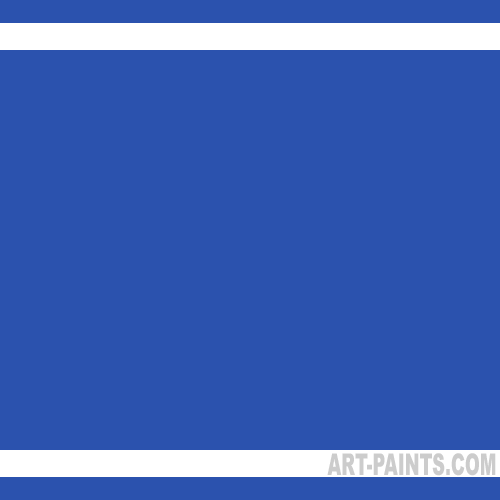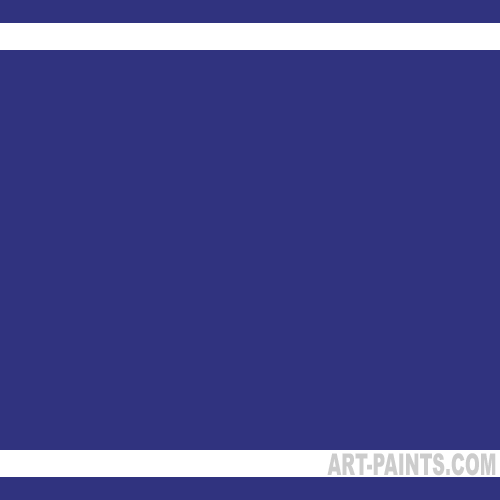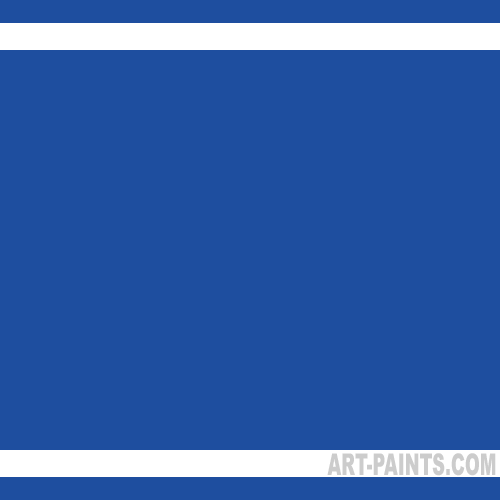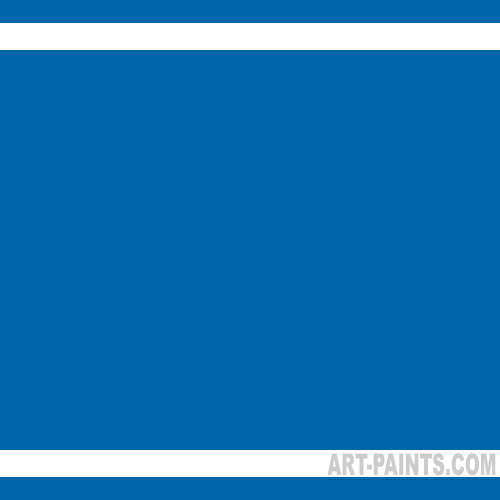September’s sapphire is perhaps one of the most popular colors.
Everyone seems to like blue, and there are so many shades and tones that an artist could never possibly buy all the hues available.
Sapphires can range from very pale blues to cornflower blue to deep indigo. You have lots of choices when selecting a sapphire blue for your palette.
The sapphire traditionally represents the purity of the soul. During the Middle Ages priests wore the stones to protect themselves from the temptations of the world, and kings wore the jewel as protection from harm. The young wives of soldiers were often given a gift of a sapphire necklace. This was not so much as a symbol of love but as a mystic token to ensure faithfulness. In the 13th century, French citizens believed that wearing a sapphire would convert stupidity into wisdom and a cranky natured person into one of good temper.
Choosing the best blue colors for your palette may not have the same results as those of the Frenchmen who hoped to gain wisdom, but it certainly can help make a happy painter out of a cranky artist.
Cobalt Blue
This blue shade is a cool color of medium intensity. It was originally used for centuries in painting Chinese pottery and porcelain. It began being used for paints in the early 19th century as a pigment blended to make oil paint. Maxfield Parrish used it so much as his favorite sky color that it has often been called Parrish Blue.
Cobalt blue is grainy and semitransparent. There are definite variances between manufacturers in the texture of this paint, so you may have to try several brands to find one that appeals to you. It has limited tinting strength and dries lighter and with less saturation. It’s a challenging color to work with; it’s well worth an artist’s effort.
Indanthrene Blue
Indanthrene blue is an organic dye and has a good lightfast quality. It is a relatively new color introduction, as it was patented in 1901 as a vat dye. This color is transparent and is a very cool, flat blue. It works well for glazing and will easily move to the purple side with little coaxing.
Phthalo Blue
Phthalocyanine colors were first developed in the early part of the 20th century and are considered synthetic pigments. Phthalo Blue is a cool blue that leans toward green. It is transparent and is great as a glaze. However, it is a very strong tinting color and can easily overpower other colors, so a little goes a long way. It’s also known as Winsor Blue, Monastral Blue and Helio Blue, as well as a number of other trade names.
Ultramarine Blue
Ultramarine Blue was first used centuries ago when artists ground the mineral Lapis Lazuli into a fine powder to mix with their oil. It was one of the most costly paints during the Renaissance, and it was primarily reserved for painting the clothing of Mary and Jesus. An artificial replacement for the costly Lapis Lazuli was developed between 1826 and 1828, so the cost of the beautiful and rich hue became affordable for the average starving artist.
Today, this rich and vibrant hue is considered one of the basics of any palette. It is a warm blue that leans toward the purple tones and has powerful tinting strength. Ultramarine Blue is rather grainy and is quite transparent.



